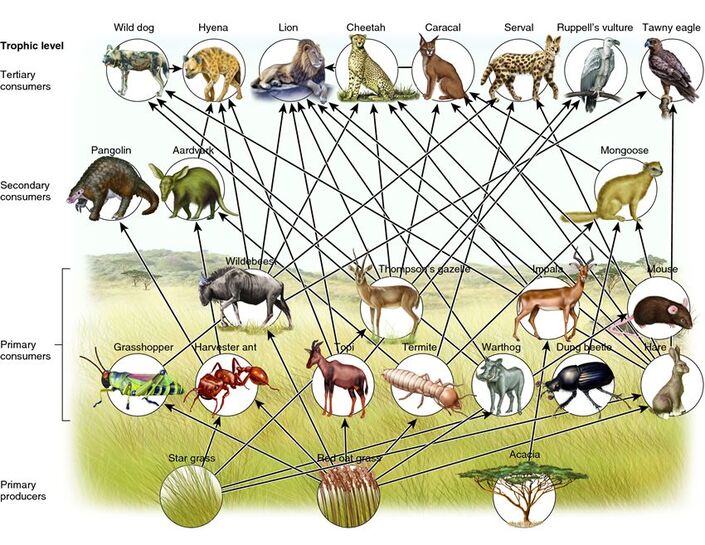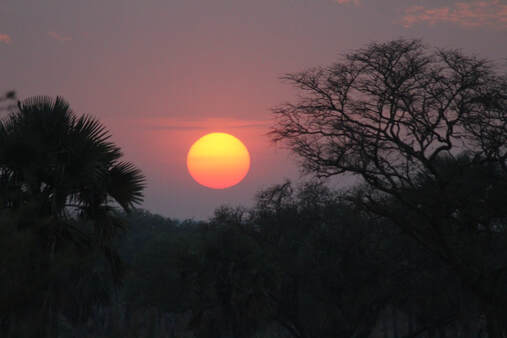US

While the Uganda Carnivore Program team spends a great deal of time working on the greater protection and scientific study of Queen Elizabeth National Park’s larger-bodied carnivore species, we also research the greater community of different species that collectively make up the Queen Elizabeth Conservation Area. This work is integral to ensuring that the park’s incredible biodiversity is maintained.
Consider that an ecological niche is like a job, a unique role that needs to be occupied in order that the entire form and function of a habitat or ecosystem is greater than the sum its parts. Taken in this context, every species—from its individual members to the resident population—has unique roles to fill that makes up the greater community of species interacting each day and night. Such interactions can be intraspecific (between members of the same species), interspecific (between members of different species), and between a species and its abiotic (nonliving) environment. Be it flora or fauna, these interactions vary from the age-old predator-prey relationship to symbiotic ones, altruistic ones, and everything in between. By understanding what, when, where, why, and how these interactions take place and how the food web of the habitat is connected, we are able to better map what a healthy ecosystem looks like while identifying the parts of an ecosystem that aren’t healthy (e.g. invasive species). At the same time, findings can help us make recommendations to governing bodies like the Uganda Wildlife Authority that works to secure the biodiversity of the park for generations to come.

While the Uganda Carnivore Program team spends a great deal of time working on the greater protection and scientific study of Queen Elizabeth National Park’s larger-bodied carnivore species, we also research the greater community of different species that collectively make up the Queen Elizabeth Conservation Area. This work is integral to ensuring that the park’s incredible biodiversity is maintained.
Consider that an ecological niche is like a job, a unique role that needs to be occupied in order that the entire form and function of a habitat or ecosystem is greater than the sum its parts. Taken in this context, every species—from its individual members to the resident population—has unique roles to fill that makes up the greater community of species interacting each day and night. Such interactions can be intraspecific (between members of the same species), interspecific (between members of different species), and between a species and its abiotic (nonliving) environment. Be it flora or fauna, these interactions vary from the age-old predator-prey relationship to symbiotic ones, altruistic ones, and everything in between. By understanding what, when, where, why, and how these interactions take place and how the food web of the habitat is connected, we are able to better map what a healthy ecosystem looks like while identifying the parts of an ecosystem that aren’t healthy (e.g. invasive species). At the same time, findings can help us make recommendations to governing bodies like the Uganda Wildlife Authority that works to secure the biodiversity of the park for generations to come.
